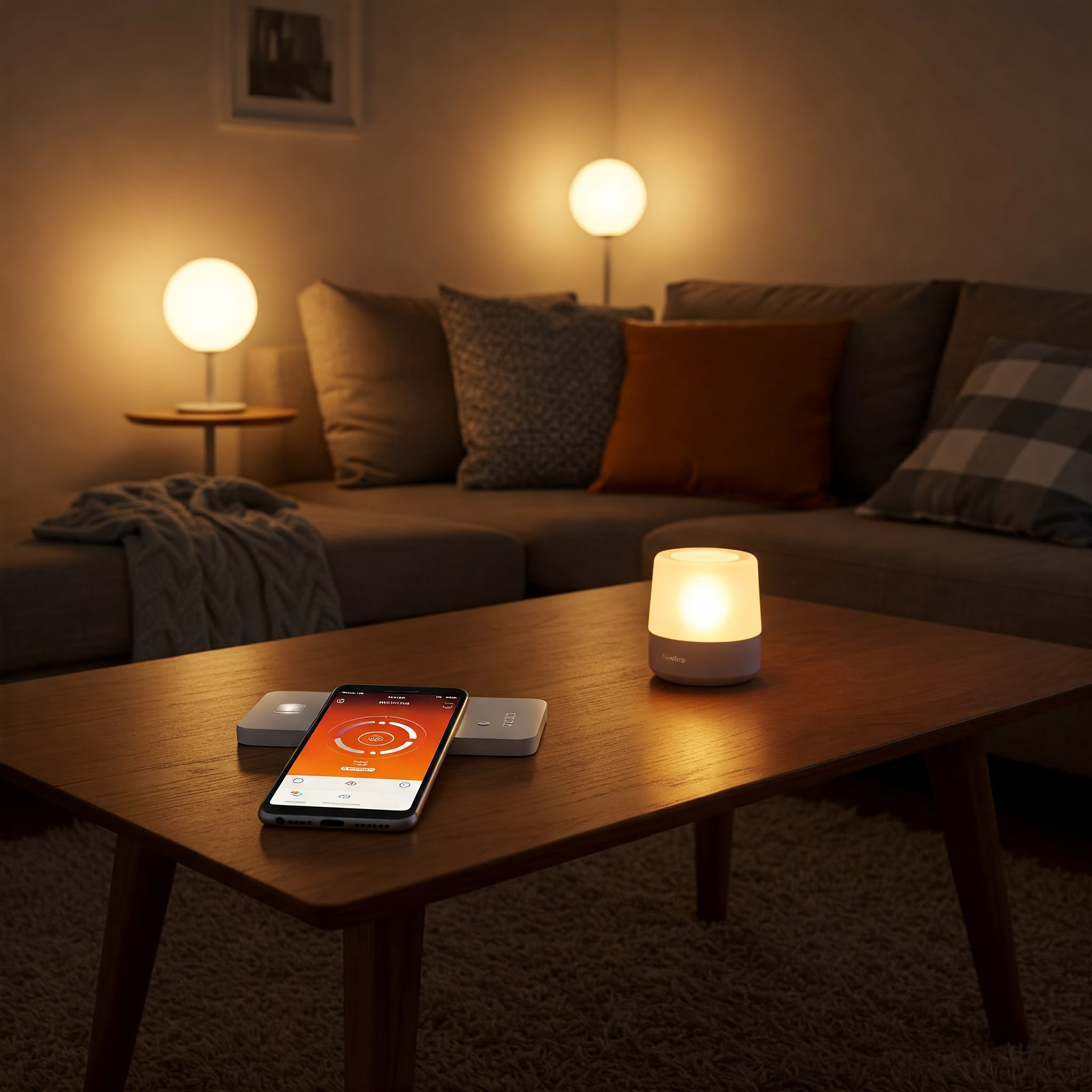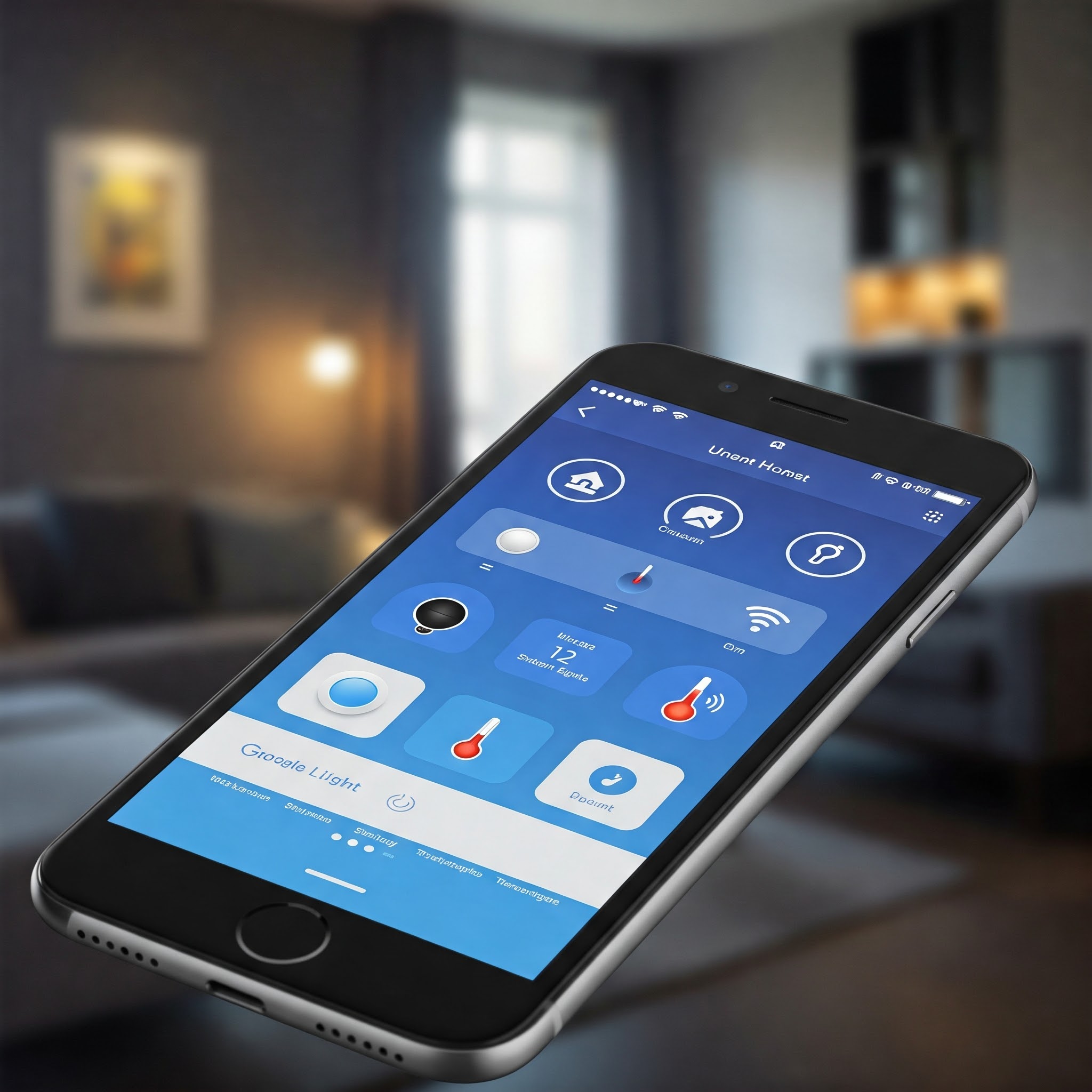Reducing Utility Bills Using Smart Home Devices

Byte Choice
Specialist

Opening your utility bill feels like a punch to the wallet, doesn’t it? With U.S. households spending $1,500 annually on energy (EIA, 2024), and water and gas costs climbing, it’s no wonder budgets are strained. But here’s a bright idea: smart home devices can slash your bills by up to 30% (Energy.gov) while making your home feel like a sci-fi haven. From thermostats that think to plugs that save, these gadgets are your ticket to savings and sustainability in 2025. Let’s explore the ultimate smart home toolkit to shrink your bills.
1. Master Climate Control with Smart Thermostats
Heating and cooling eat up 50% of your energy bill (DOE, 2024). Nest Learning Thermostat and Ecobee SmartThermostat use AI to learn your schedule, lowering usage when you’re away and optimizing for weather.
- Why It’s a Money-Saver: Saves 20% on HVAC costs (Nest, 2024).
- Real-World Win: The Smith family cut their winter heating bill by $200 with Ecobee.
- Get Started: Install Nest ($150) or Ecobee ($200) via app-guided setup.
- Pro Tip: Enable geofencing to adjust temps when you leave home.
2. Illuminate Smarter with LED Smart Bulbs
Lighting accounts for 10% of energy use (EIA, 2024). Philips Hue and LIFX smart bulbs let you dim, schedule, or turn off lights remotely via apps or voice assistants like Alexa.
- Why It’s a Money-Saver: Automated schedules cut lighting costs by 10% (Philips, 2024).
- Real-World Win: John, a remote worker, saved $50 yearly by scheduling Hue lights to dim at night.
- Get Started: Buy a Hue starter kit ($100) or LIFX bulbs ($50).
- Pro Tip: Use motion sensors to light rooms only when occupied.
 Smart lights create ambiance while cutting your energy bill.
Smart lights create ambiance while cutting your energy bill.
3. Eliminate Waste with Smart Plugs
“Vampire power” from idle devices (e.g., TVs, chargers) wastes $100 yearly per household (Energy Star, 2024). TP-Link Kasa and Belkin WeMo smart plugs let you turn off appliances remotely or set schedules.
- Why It’s a Money-Saver: Cuts standby power by 5%.
- Real-World Win: Mia reduced her bill by $30 yearly by plugging her gaming console into a Kasa plug.
- Get Started: Buy Kasa ($20) or WeMo ($30) and control via app.
- Pro Tip: Group plugs in the app to power off multiple devices at once.
4. Conserve Water with Smart Sensors
Water leaks and overuse spike bills, with leaks wasting 10,000 gallons yearly per home (EPA, 2024). Moen Flo and Phyn Plus monitor usage and detect leaks, alerting your phone and even shutting off water in emergencies.
- Why It’s a Money-Saver: Reduces water bills by 10% by catching leaks early.
- Real-World Win: The Lees saved $150 after Moen Flo detected a hidden pipe leak.
- Get Started: Install Moen Flo ($150) with a plumber if needed.
- Pro Tip: Check usage reports weekly to spot wasteful habits.
5. Track Consumption with Energy Monitors
Knowledge is power—literally. Sense and Emporia Vue install on your electrical panel, showing real-time energy use by appliance (e.g., fridge, AC).
- Why It’s a Money-Saver: Identifies high-drain devices, cutting bills by 15% (Sense, 2024).
- Real-World Win: Carlos swapped an old AC unit after Sense flagged it as a power hog, saving $200 yearly.
- Get Started: Install Sense ($300) or Emporia ($150) with an electrician.
- Pro Tip: Set energy budgets in the app to stay on track.
6. Integrate for Maximum Savings
Combine devices into a smart home ecosystem using Google Home or Amazon Alexa. For example, link Nest, Hue, and Kasa to create routines (e.g., “Goodnight” turns off lights and lowers the thermostat).
- Why It’s a Money-Saver: Synced systems optimize energy use holistically.
- Get Started: Download Google Home (free) and add devices.
- Pro Tip: Use voice commands for hands-free control.
 Control your smart home from your phone to maximize savings.
Control your smart home from your phone to maximize savings.
Pro Tips for Smart Savings
- Start Small: Begin with a $20 smart plug to test the waters.
- Check Rebates: Utilities offer up to $100 off smart thermostats (check Energy.gov).
- Monitor Progress: Use Mint to track bill reductions.
- Educate Family: Teach kids to use voice assistants to avoid leaving lights on.
Smart home devices aren’t just about savings—they’re about living smarter, greener, and more comfortably. With 2025’s tech, you can cut bills, reduce waste, and make your home a futuristic oasis. Ready to plug into savings? Start with one device and watch your wallet thank you!

